Immersing oneself in China’s complex past resembles a time travel adventure. Ancient towns and historical places in the country tell stories of dynasties that have come and gone and are rich in cultural legacy. Your trip as an ethical traveller includes not just exploration but also the preservation of these priceless artefacts. This tour across China reveals the best ways to respectfully and sustainably experience the past and preserve it.
Pingyao: Journey Back to the Ming and Qing Dynasties
The Ming and Qing eras can be visited in an ethereal manner at the Pingyao UNESCO World Heritage Site. It feels like stepping back to stroll down the historic streets lined with classic homes, temples, and stores. In this case, preservation rather than renovation is prioritised to guarantee the old city’s original character is preserved. Respect for regional traditions and mindful visitor exploration play a big part in safeguarding Pingyao’s historic essence.
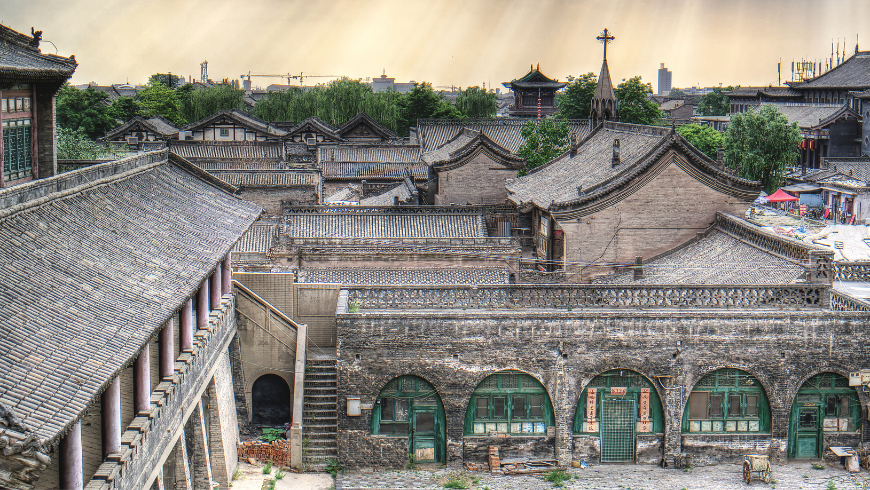
The Great Wall: Balancing Exploration and Conservation
The Great Wall stretches over 20,000 kilometres and is a monument to China’s lengthy history. However, environmental deterioration and unrestricted tourism threaten certain portions of the Wall. Sticking to the walkways, avoiding graffiti, and not taking bricks as mementoes are all part of visiting this famous landmark ethically. Remember, your journey along the Great Wall should leave only footprints and take only memories.
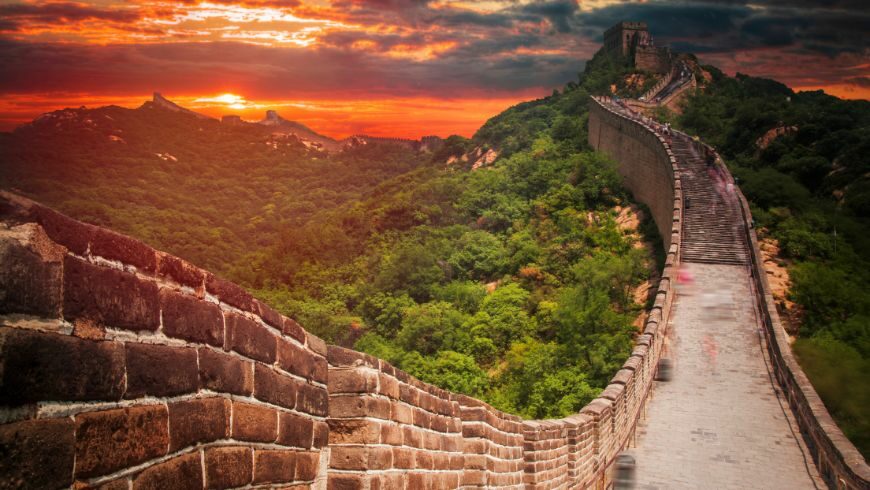
The Terracotta Army: A Silent Witness to China’s Imperial Past
An archaeological wonder, the Terracotta Army in Xi’an is a fantastic underground army that guards the tomb of Emperor Qin Shi Huang. Visitors are asked to keep a respectful distance and refrain from using flash photography, which can damage historic colours, to conserve this property. You can help protect this landmark spectacle for future generations by doing this.
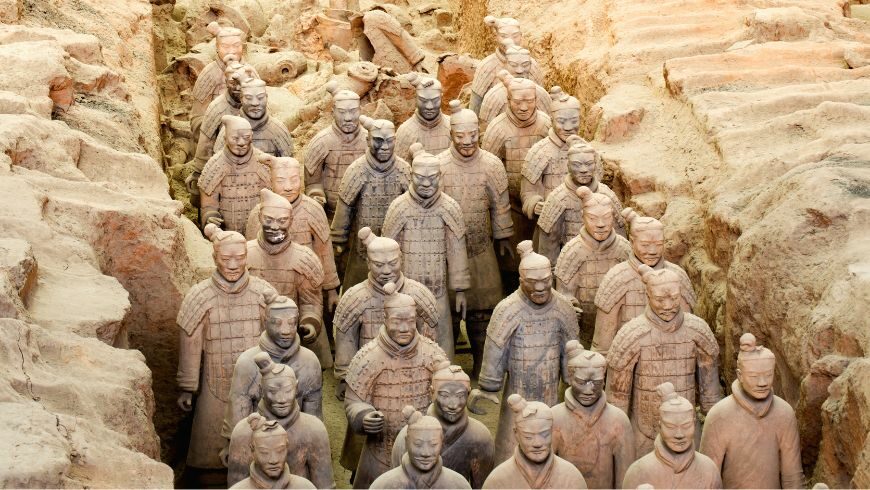
Xidi and Hongcun: Preserving the Hui-style Architecture
The historic Anhui province towns of Xidi and Hongcun are well-known for surviving Hui-style buildings. Choose locally owned lodging, eat at regional restaurants, and buy genuine crafts to help preserve these historic villages. This improves your cultural experience, benefits the neighbourhood, and keeps cultural traditions alive.
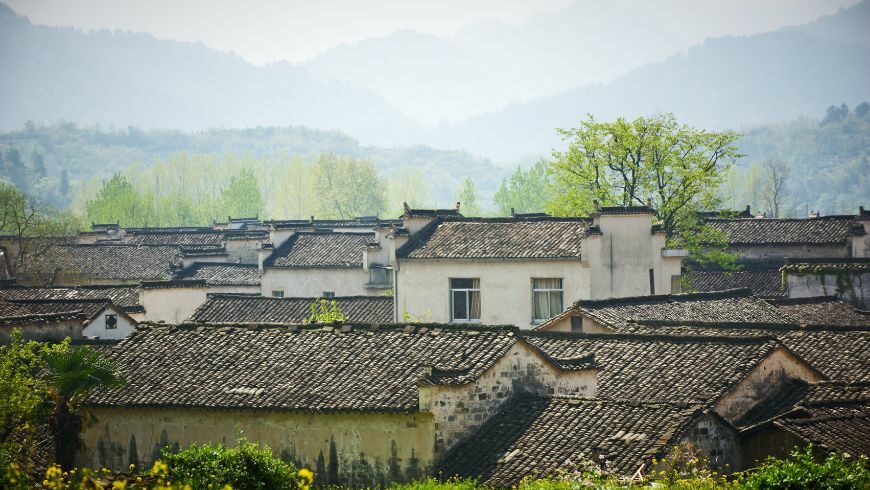
Understanding and Adapting to Local Customs
Respecting local traditions and customs is an essential component of travelling ethically. This entails acting respectably when interacting with people and wearing appropriately, especially when visiting religious places. Prior preparation can go a long way towards establishing a courteous and fruitful cultural encounter.
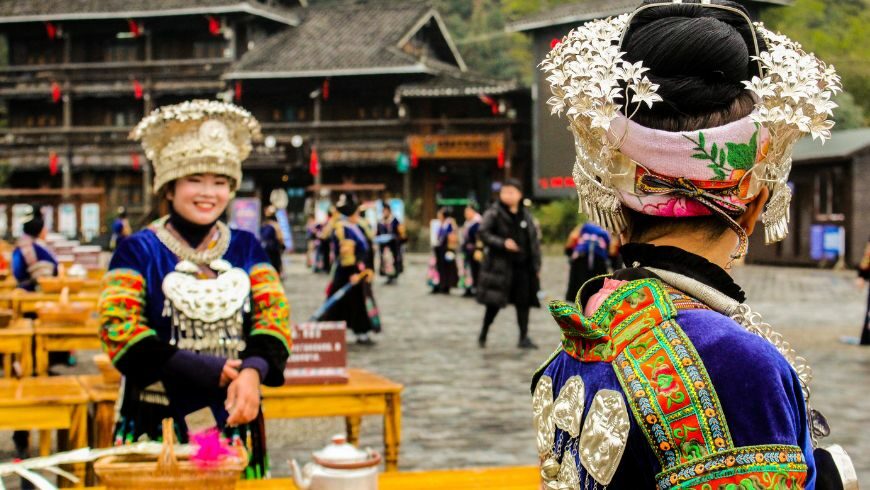
Planning Your Ethical Journey
While ethical travel might seem overwhelming, services like iVisa.com can make your trip’s details, including the visa application procedure, more straightforward. This frees your mind so you can focus on understanding local customs, do’s and don’ts, and organising your respectful visit to these critical locations.
When visiting China’s historic sites and old towns, an ethical balance between immersion and preservation is required. Remember that you are a custodian of these ancient artefacts. At the same time, you walk through the cobblestone alleyways of Pingyao, admire the Terracotta Army, or take in the vastness of the Great Wall. Your thoughtful actions today guarantee that the echoes of China’s unique history will reverberate through the years, enabling future travellers to set out on a comparable spellbinding voyage through time.




